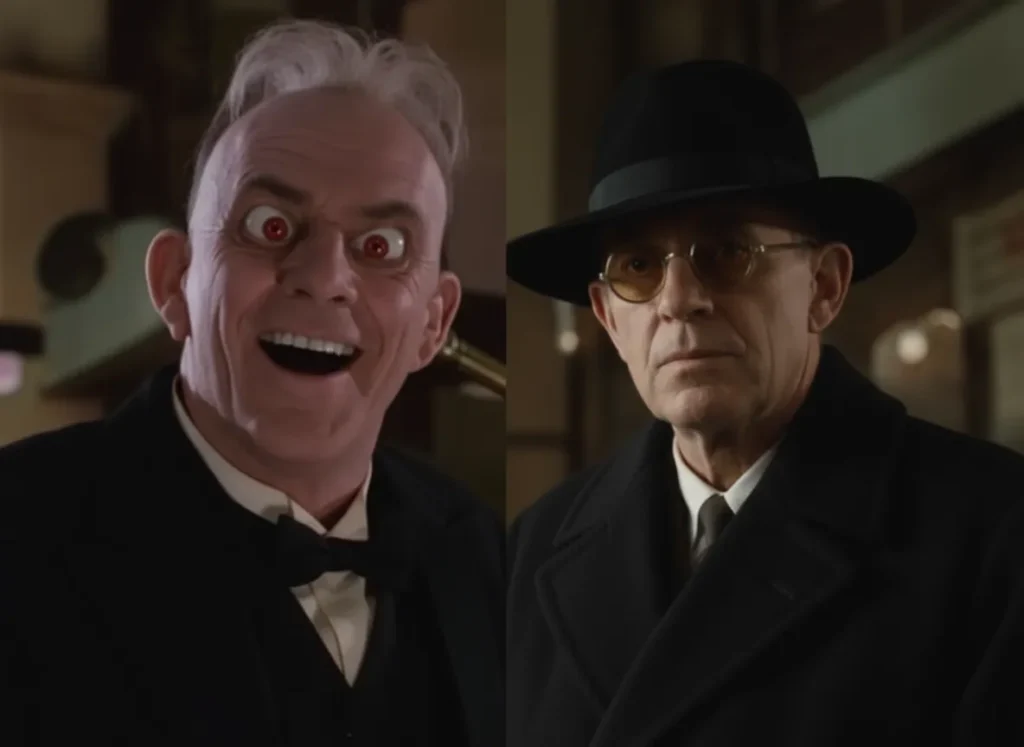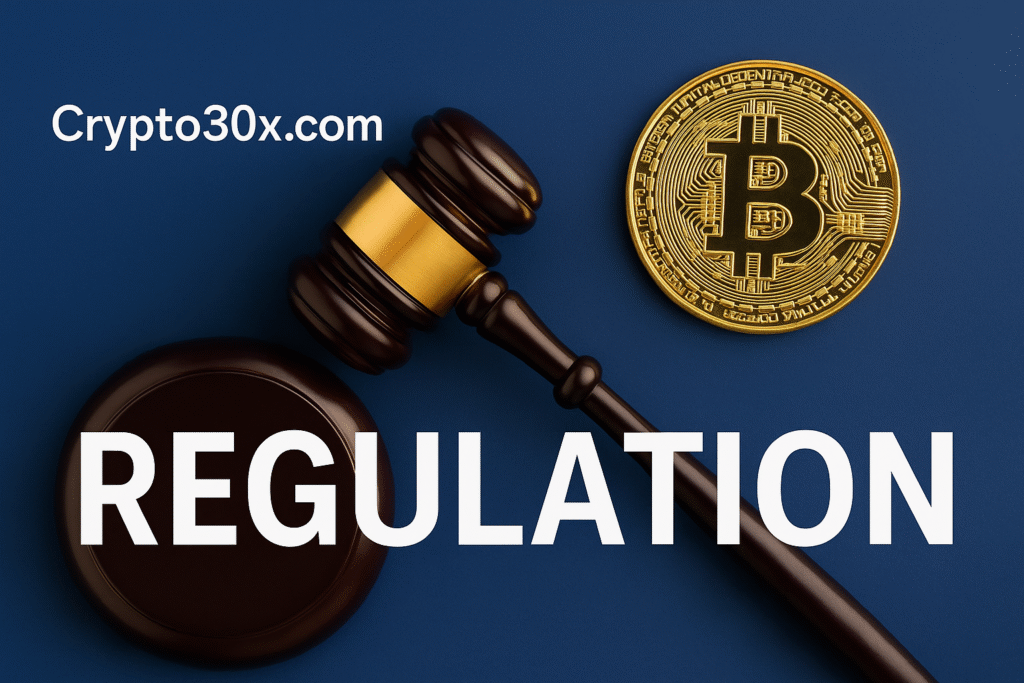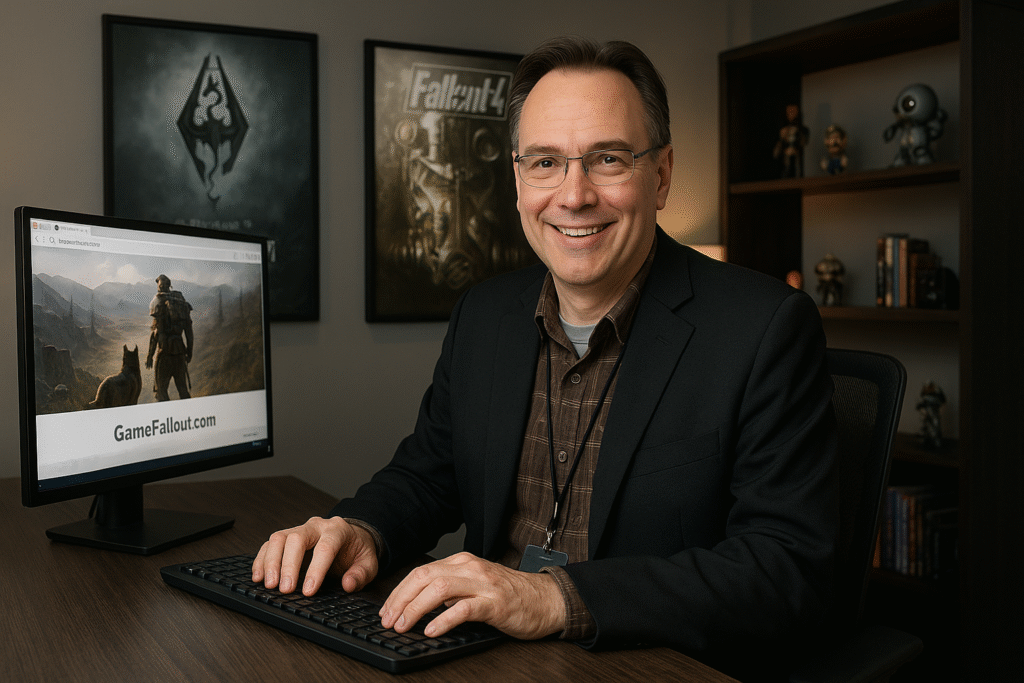If you grew up watching Who Framed Roger Rabbit, you probably remember how wild that movie felt. A mix of cartoons and real people, packed with humor, mystery, and a few surprisingly dark twists. But here’s the thing: every great story needs a great villain, and in this one, Judge Doom stole the show.
For years, fans have debated why Judge Doom is such an unforgettable bad guy and how he managed to frame Roger Rabbit. Some people even call him one of the creepiest villains ever put on screen. Today, we’re diving into what made him so chilling, how his plan worked, and why his character still gives us goosebumps decades later.
Snippet-Ready Explanation:
The bad guy in Who Framed Roger Rabbit is Judge Doom, a cold, power-hungry figure who secretly hates Toons. His plan to frame Roger and destroy Toontown makes him one of film’s most haunting villains.
Quick Guide: Judge Doom’s Villain Profile
| Aspect | Details |
| Villain Name | Judge Doom (aka Baron von Rotten) |
| Portrayed By | Christopher Lloyd |
| Main Motive | Destroy Toontown and replace it with a freeway |
| Weapon of Choice | “The Dip” – a chemical that erases Toons |
| Victim Framed | Roger Rabbit |
| Hidden Truth | Doom is secretly a Toon disguised as a human |
| Famous Scene | His horrifying true form reveal and red cartoon eyes |
| Symbolism | Represents greed, corruption, and fear of difference |
The Big Villain – Judge Doom at a Glance
When we talk about the bad guy in Who Framed Roger Rabbit, we’re talking about Judge Doom. Played by Christopher Lloyd, he’s the mysterious, pale-faced judge running Toontown with cold authority. His voice is calm, his movements controlled, and his stare is downright haunting. From the first moment he appears, you know something’s off.
Christopher Lloyd, who also played Doc Brown in Back to the Future, made sure Doom felt completely different. Instead of being energetic and funny, he was stiff and eerie. Behind the scenes, the filmmakers wanted a villain who could exist in both worlds – human and cartoon – and still feel real. Lloyd nailed that balance.
And then comes the secret backstory: Judge Doom isn’t exactly who he seems. Some extended lore and fan theories connect him to Baron von Rotten, an older villain from the Roger Rabbit universe. That connection makes his disguise as a “human judge” even more disturbing, adding layers to why he hates Toons so much.
Why He’s Framed as the Bad Guy
So, why is Judge Doom the one everyone remembers as the bad guy? Because he’s the one who framed Roger Rabbit, literally. Doom sets up Roger by making it look like the poor Toon killed Marvin Acme, the owner of Toontown. He uses his power and influence to twist the case and make Roger look guilty.
But here’s the real kicker – Judge Doom doesn’t just frame Roger to get him out of the way. He’s got a bigger plan. His invention, “The Dip,” is a chemical that can erase Toons forever. That’s right – Doom found a way to destroy cartoons, something no one thought was possible. The Dip scene, where he demonstrates it, is still one of the most chilling moments in movie history.
In a world where Toons can bounce back from anything, Doom created the one thing that can kill them. That made him more than just a villain – he became a nightmare. And his calm, judicial demeanor while doing it? That’s what makes him unforgettable.
Motives and Themes Behind the Villainy
At first glance, Judge Doom seems like your standard evil mastermind. But his motives actually say a lot about human greed and corruption. Remember how he wanted to buy Toontown just to build a freeway? That part wasn’t random. It was inspired by real-world postwar America, where freeways destroyed public transit systems and communities for profit.
So when Doom talks about “progress,” he’s really talking about control. He doesn’t just want land; he wants power over both humans and Toons. That’s why he framed Roger Rabbit in the first place – to clear his path for domination.
There’s also a deeper metaphor here. Doom represents human prejudice against those who are different. His hatred for Toons mirrors real-world discrimination. He wants to erase their world because he sees them as less than human. And that’s what makes him more than just a cartoon villain – he’s a reflection of something much darker.
Hidden Layers and Lesser-Known Facts
One thing most people don’t realize is that Judge Doom’s story ties into an earlier Roger Rabbit concept called Baron von Rotten. In that version, the villain could change his personality into whatever evil he wanted to be. When Who Framed Roger Rabbit came out, that idea evolved into Doom’s human disguise.
But why did he frame Roger Rabbit in particular? According to fan theories and hints in the movie, Roger might have accidentally uncovered Doom’s secret plans. Getting rid of him wasn’t just about business – it was personal.
And then there are those eyes. You remember them, right? When Doom’s true form is revealed, his eyes turn bright red and cartoonish. The reveal scene still shocks people today because it flips everything you thought you knew about him. He wasn’t just a cruel man – he was a Toon hiding in plain sight, the very thing he claimed to hate.
Character Comparisons and Supporting Villains
Now, a lot of people once suspected Jessica Rabbit. She was mysterious, glamorous, and way too calm for someone whose husband was accused of murder. But Jessica wasn’t the bad guy at all – she was one of the good ones trying to save Roger. Her famous line, “I’m not bad, I’m just drawn that way,” says everything about how the movie plays with perception.
Then there’s the Toon Patrol – those wacky, trench-coat-wearing weasels who follow Doom’s every order. They bring comic relief, but they’re also a reminder of how easily fear can control followers. Even they start cracking up (literally) under Doom’s rule.
Compared to other villains in the story, Judge Doom stands out because of his mix of intelligence and cruelty. He’s calm when others panic, precise when others are wild, and always two steps ahead.
The Scariest Reveal – Judge Doom’s True Form
Okay, here comes the part everyone remembers. Near the end of the movie, Doom’s real identity is revealed, and it’s terrifying. Turns out, he’s not even human – he’s a Toon who disguised himself after killing Eddie Valiant’s brother. That twist still gives fans chills decades later.
When his eyes pop out, his voice turns squeaky, and his face warps into that animated nightmare, it’s pure cinematic magic. The scene blended practical effects with animation in a way that still holds up. For a moment, it’s funny, then horrifying, then strangely sad – because you realize how much hatred has twisted him.
This moment also shows how clever the filmmakers were. Doom’s calmness, his gloves, his glasses – all clues that he wasn’t who he claimed to be. And when you rewatch the film knowing that, you notice the hints everywhere.
Impact and Legacy of Judge Doom in Pop Culture
Judge Doom isn’t just a villain from an old movie. He’s become a symbol of what a great film antagonist should be: memorable, complex, and deeply unsettling. Many critics and fans rank him among the most iconic movie villains of all time, right next to Darth Vader and Hannibal Lecter.
His impact goes beyond the film. You’ll find references to him in fan art, video games, and even cosplay communities. His black coat, hat, and glasses are instantly recognizable. The character’s legacy also inspired future villains in animation and hybrid films, proving that a “kids’ movie” could still deliver genuine suspense and fear.
And here’s the best part – people still debate him. Even today, fans discuss whether Doom represents greed, racism, or just plain madness. That ongoing conversation keeps his character alive, long after the credits rolled.
Alternate Views and Fan Theories
Here’s something fun – some fans actually think Roger Rabbit himself might’ve been the “accidental bad guy.” Their theory suggests that Roger’s chaos unintentionally causes everything to spiral. It’s wild, but it shows how deep this story runs.
There are also hidden clues throughout the movie that tease Doom’s true identity. The way he avoids contact with Toons, the way his eyes never blink, even his overly polite mannerisms – all tiny giveaways. It’s the kind of detail that makes rewatching the movie a whole new experience every time.
And then there’s the setting itself – Toontown. Some people argue Toontown is more than a place. It’s a symbol of creativity, chaos, and freedom, constantly threatened by control and greed. Without Doom, we might never notice how fragile that balance really is.
Behind the Scenes and Expert Insights
Behind the camera, creating Judge Doom wasn’t easy. Director Robert Zemeckis and his team worked with both live-action and animation crews to bring him to life. They used smart lighting and camera angles to make Doom look slightly unnatural – even before the big reveal.
Christopher Lloyd shared in interviews that he wanted Doom to move “like a puppet pulled by strings,” giving him that uncanny stiffness. That’s why he rarely blinked. It made him feel robotic, almost too perfect, which only adds to the tension.
Film experts often mention Doom when teaching about villain design. He represents what happens when writers build fear through calmness instead of chaos. It’s a reminder that sometimes, the quietest characters are the scariest.
What Writers Can Learn from Judge Doom’s Character
If you’re someone who loves storytelling or filmmaking, Judge Doom is a great study in how to build a timeless villain. Here’s what makes him work:
- Contrast: He’s calm while others are loud, making him stand out.
- Mystery: The less we know, the more curious we get.
- Symbolism: His hatred of Toons represents something bigger than just evil.
Writers can learn that a great villain doesn’t have to shout or overdo it. Sometimes, a slow smile, a cold stare, and a well-timed silence say more than any explosion ever could.
Ethics of Framing – From Cartoon to Reality
On a deeper level, the movie also teaches us about how easy it is to twist truth. Judge Doom used power and fear to convince everyone Roger was guilty. That mirrors real life, where perception can sometimes outweigh facts.
It’s a reminder that justice depends on truth, not appearances. And maybe that’s why Who Framed Roger Rabbit still resonates – because beneath the comedy and cartoon chaos, it’s really about fairness, identity, and trust.
Conclusion
So, when someone asks who the bad guy is in Who Framed Roger Rabbit, the answer is simple but fascinating: it’s Judge Doom – a character who’s both human and Toon, intelligent yet hateful, charming yet terrifying.
He’s not just the villain who framed Roger Rabbit. He’s the embodiment of greed, corruption, and the fear of things we don’t understand. And maybe that’s why, after all these years, we still talk about him.
If you haven’t seen the movie in a while, give it another watch. Look closely at Doom’s eyes, his gestures, and the clues you might’ve missed as a kid. You’ll see why he remains one of the most unforgettable bad guys in movie history.
FAQs
Who was the villain in Who Framed Roger Rabbit?
The main villain is Judge Doom, a sinister judge who frames Roger Rabbit for murder while secretly planning to destroy Toontown for his own profit.
What was Judge Doom’s motive?
Judge Doom wanted to buy Toontown, wipe it off the map, and build a massive freeway. His greed, hatred for Toons, and lust for power drove his every move.
Who was Roger Rabbit accused of killing?
Roger Rabbit was framed for the murder of Marvin Acme, the owner of Toontown. Judge Doom planted evidence to make Roger look guilty and divert attention from his real scheme.
How evil is Judge Doom?
Judge Doom is one of cinema’s creepiest villains. He invents a chemical to kill Toons, abuses his authority, and hides his identity as a Toon who once murdered Eddie Valiant’s brother.
Why did Judge Doom frame Roger Rabbit?
He needed a scapegoat to distract everyone while he took control of Toontown’s future. Framing Roger kept the police busy and the truth safely hidden.
Disclaimer
This article is written for informational and entertainment purposes only. All movie characters, names, and scenes referenced belong to their respective copyright owners. The content reflects factual interpretation and fan analysis without affiliation to official film studios or creators.

Hi, I’m Bilal, the founder of outofmagazine.com. I love sharing fresh ideas, stories, and helpful insights on all kinds of topics that spark curiosity. My goal with this site is simple—to create a space where readers can find inspiration, useful tips, and engaging reads on lifestyle, trends, and everything in between.



